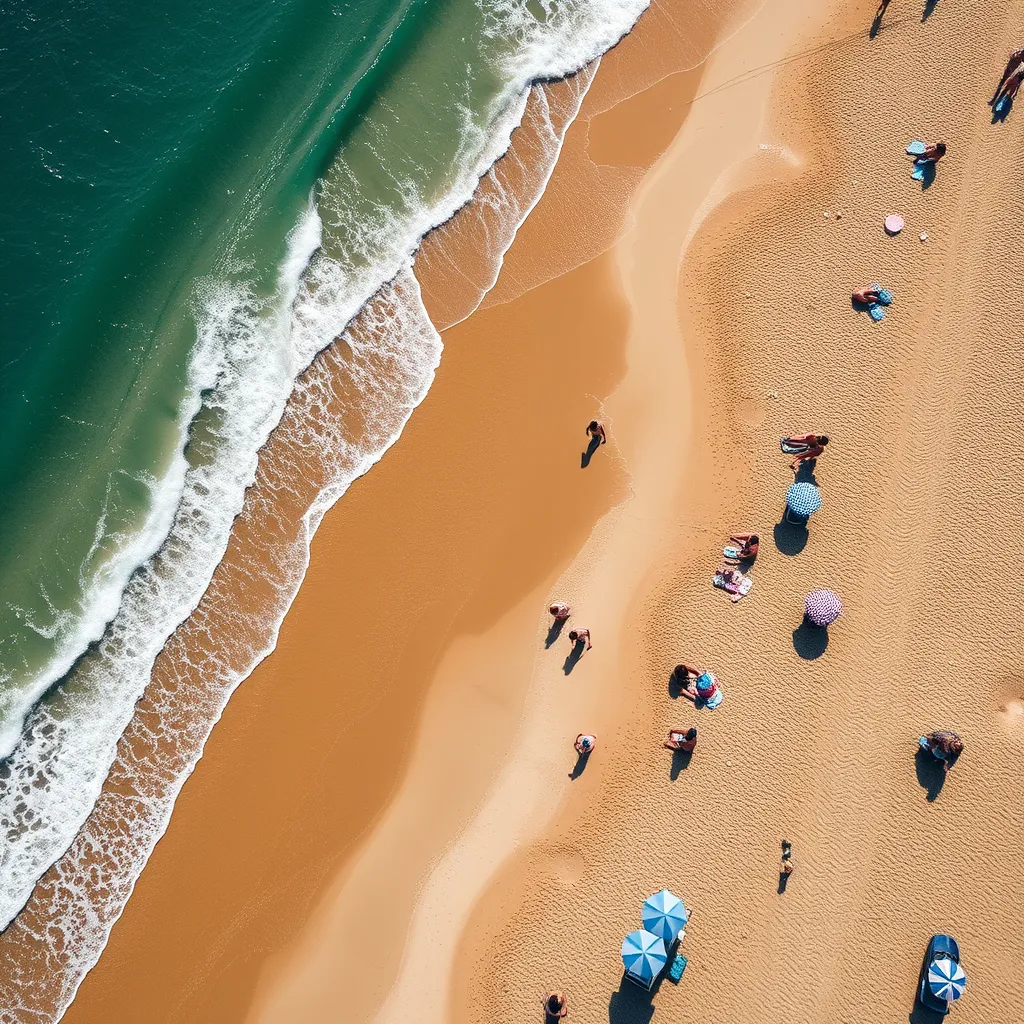Achilles tendonitis is one of the most common physical ailments that bring patients to physiotherapy.
Further, this injury frequently affects people who are already active – such as runners and other athletes – so when it strikes, it is not only painful, but it also removes a person’s ability to continue their sport of choice.
The pain, plus the desire to get back to training, can cause patients to look for a quick, effective fix.
Recent research has shown a combination that can lead to treating chronic Achilles tendon issues quickly and effectively: eccentric loading and physiotherapy in conjunction with shockwave therapy.
Let’s break it down.
Eccentric Loading for Achilles Tendonitis
Eccentric loading of a tendon is when the muscle and tendon are contracting as the muscle is lengthened. An example is when you grip a dumbbell in your hand at the top of a bicep curl and then slowly straighten your elbow. The bicep is still contracting but is also being lengthened.
Looking at this from the Achilles tendon, you might load it eccentrically by standing on the edge of a step, rising up onto the balls of your feet and slowly lowering the affected heel. (This technique is also known as the Alfredson protocol.)
Shockwave Therapy for Achilles Tendonitis
Shockwave therapy treats tendinopathies, such as Achilles tendonitis, through non-invasive energy pulses. An acoustic pressure wave is applied to the affected area and transmitted to the body tissue. The force stimulates cells in the body that are responsible for bone and connective tissue healing.
Shockwave treatment has shown a 76% improvement for Achilles tendinopathy through double-blind, randomized studies.
Eccentric Loading and Shockwave Combined
While eccentric loading and shockwave therapy can be used on their own to treat Achilles tendinopathies, research has shown that eccentric loading is even more effective when paired with shockwave.
A randomized controlled study from 2009 tested 68 patients with a chronic recalcitrant (longer than 6 months) non-insertional Achilles tendinopathy to compare the effectiveness of two management strategies:
- Group One: eccentric loading
- Group Two: eccentric loading plus repetitive low-energy shockwave therapy
After four months from the baseline, Group One saw the VISA-A score increase from 50 to 73 points. Group 2 saw it increase from 51 to 87 points.
The pain rating decreased in both groups, from 7 to 4 points in Group One and from 7 to 2 points in Group 2.
Further 19 of 34 patients in Group One reported a Likert scale of 1 (completely recovered) or 2 (much improved). In Group 2, 82% of patients reported the same.
At one year from baseline, there was no difference any longer. However, 15 patients from Group One had chosen to have the combined therapy. Six patients from Group Two had undergone surgery.
In conclusion, the researchers determined that at four months from follow-up, eccentric loading was more effective when combined with repetitive, low-energy shockwave treatment.
This wasn’t the only research to find this success.
In a 2017 study looking at insertional Achilles tendinopathy, researchers found that “the technical composition of shockwave and tendon’s eccentric strengthening can be the answer to the patient’s improvement in the Achilles insertional tendinopathy…”
The additional benefit, the study noted, is that this method avoids the complications and high costs associated with surgical treatment.
Practitioners, have you tried pairing eccentric loading and physiotherapy with shockwave therapy? If so, what were your results? Share with us on social media. Shockwave Canada is on Twitter, Facebook, and LinkedIn.
Discover the effects of shockwave therapy for yourself. Contact us to learn more about our shockwave therapy machines, including the MASTERPULS® Ultra line. Call 1 (888) 741-SHOC(7462) or visit https://shockwavecanada.com/our-shockwave-therapy-machines/.

